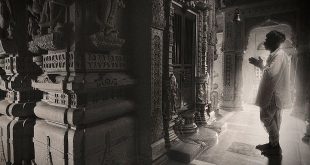History of Christmas Carols
Early Christians took over the pagan solstice celebrations for Christmas and gave people Christian songs to sing instead of pagan ones. In AD 129, a Roman Bishop said that a song called ‘Angel’s Hymn’ should be sung at a Christmas service in Rome. Another famous early Christmas Hymn was written, in 760 AD, by Comas of Jerusalem for the Greek Orthodox Church. Soon after this many composers all over Europe started to write carols. However, not many people liked them as they were all written and sung in Latin, a language that the normal people couldn’t understand. By the time of the Middles Ages (the 1200s), most people had lost interest in celebrating Christmas altogether.
This was changed by St. Francis of Assisi when, in 1223, he started his Nativity Plays in Italy. The people in the plays sang songs or ‘canticles’ that told the story during the plays. Sometimes, the choruses of these new carols were in Latin; but normally they were all in a language that the people watching the play could understand and join in! The new carols spread to France, Spain, Germany and other European countries.
The earliest carol, like this, was written in 1410. Sadly only a very small fragment of it still exists. The carol was about Mary and Jesus meeting different people in Bethlehem. Most Carols from this time and the Elizabethan period are untrue stories, very loosely based on the Christmas story, about the holy family and were seen as entertaining rather than religious songs. They were usually sung in homes rather than in churches! Traveling singers or Minstrels started singing these carols and the words were changed for the local people wherever they were traveling. One carols that changed like this is ‘I Saw Three Ships’.
 Kids Portal For Parents India Kids Network
Kids Portal For Parents India Kids Network







